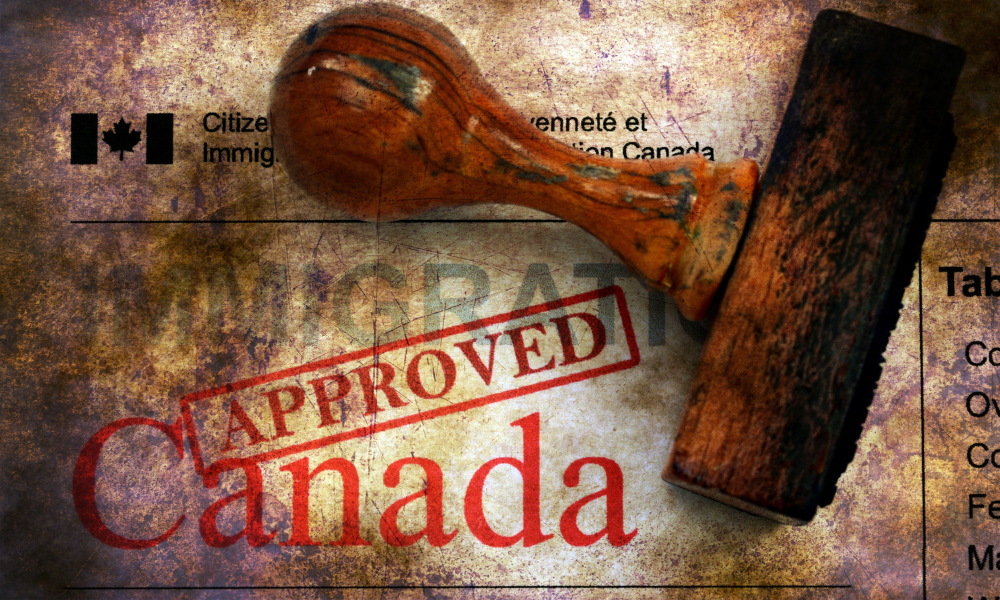Mergers and acquisitions have been a constant approach for corporations and businesses that want to grow and expand their operations and market reach. As such, it’s important to know the merger and acquisition process to strike a deal favorable for all, while still considering the important Canadian M&As laws in mind.
What is the merger and acquisition process in Canada?
Before looking at the merger and acquisition process that is most common in Canada, we must first look at the different perspectives.
Next, we will be discussing the merger and acquisition process, with some points of the Canadian laws to be aware of and how it may affect the process’ completion.
Since each company has its unique circumstances, it’s best to consult with legal experts and professionals, such as a mergers and acquisitions lawyer.
Buy-Side and Sell-Side
The process in a merger and acquisition (M&A) will usually depend on two sides or perspectives:
- Buy-side: from the perspective of the buying company, whose concern is to look for target companies that are healthy both financially and management-wise.
- Sell-side: from the perspective of the selling company or target company, whose objective is to have a good valuation of their company to make the most out of an M&A deal.
Here, we will ‘merge’ these sides to see how to strategically complete the M&A in each side’s favor. The process stays the same for both the buy-side and sell-side.
M&A Process
Below is an overview of the merger and acquisition process involved in Canada, including some of the important Canadian laws to consider:
1. Forming the M&A Strategy
A mergers and acquisitions strategy will outline your company’s goals and important factors to look at when pursuing the deal. It will also set out your ideal company to acquire or merge with, whether you’re on the buy-side or on the sell-side.
Strategizing and setting out your goals are important in the whole merger and acquisition process, since this will affect the other steps along the way.
At this early stage, it’s also important to form your own M&A team who will devote their time only for the M&A process. Some important people to include in this team are your:
- M&A lawyer
- Accountant
- HR representative
- Senior management roles
2. Negotiations and Initial Agreements
After forming your team and finalizing your strategy, buy-side companies will now look for target companies and initially negotiate with them.
A Letter of Intent (LOI) is usually agreed upon by both parties following the initial negotiations. An LOI is a non-binding legal document which outlines the general terms and conditions and will serve as the summary of the proposed deal. It may also include provisions on confidentiality, expense allocations, and due date when to come up to the table again to finalize the deal (or not).
This is where your lawyer’s role is important. Your M&A team may be led by your M&A lawyer, who will represent you in negotiating with potential buy-side or sell-side companies.
Your M&A lawyer can also draft your proposed LOI or countercheck the LOI that you’ll receive from the other party.
3. Conduct of Due Diligence
An important aspect of the merger and acquisition process is conducting due diligence. The due date indicated in the LOI is typically the due diligence period. After this period, parties may now finalize their M&A deal.
On the buy-side, the information provided by the target company will be evaluated. Some important aspects to be considered in valuation during the due diligence stage are:
- Valuation of financial stability and risks
- Review of corporate documents
- Search for public records (e.g., litigations, tax issues)
Hiring a lawyer to carry out due diligence is crucial in helping all parties make an informed decision on the proposed merger or acquisition.
4. Approval from Competition Bureau (if applicable)
The merger and acquisition process in Canada is outlined under the Competition Act. This regulation is based on the public interest involved in M&As, especially when an amalgamation or an acquisition will negatively affect competition among Canada’s industries.
Under the Act, when certain financial and shareholder thresholds are met, parties to the M&A are required to notify the Competition Bureau. This will kick off a review process by the Bureau, which will determine whether to allow the completion of the M&A or contest it.
After the review, the Bureau may either allow the completion of the M&A or not through a Consent Agreement or a Merger Challenge. Watch this video to know more about the end results of the Bureau’s review, including the timeline after notifying the Bureau:
Find out more about the Competition Act in this guide on Canadian competition law.
5. Final Contract and Integration
After everything’s settled with the Competition Bureau, or after conducting due diligence, the Share Purchase Agreement or Asset Purchase Agreement may now be carried out. Your M&A lawyer can again be tasked to draft and finalize the Agreement or review the Agreement drafted by the other party.
The integration process commences once M&A deal is finalized and the operations of the newly formed company run smoothly. It will ‘merge’ the culture of the two previously distinct companies, their workers, and organizational structure.
Early in the process, such as during negotiations, a transition plan must be agreed by the parties that will come in handy during integration. While it may not be set in stone, it will guide the implementors, especially the employees affected, on what to expect and what to do during this stage.
How long does the M&A process take?
While it will ultimately depend on the parties, the usual merger and acquisition process may be completed in less than a year. In some cases of M&As, the deal between the two companies was already completed, but its implementation is extended due to some legal considerations.
Lastly, while the M&A deal may have been signed, integration of the two companies may take up to several months or even years. This is true especially for companies whose operations are so vast, and the specific details of integration may need several revisions.
Interested to know more about the merger and acquisition process in Canada? Hear more from the best mergers and acquisitions lawyers in Canada as ranked by Lexpert.
Related Articles You Might Like:
Risks of mergers and acquisitions: what they are and how to avoid them
How to get into mergers and acquisitions: key skills & strategies





